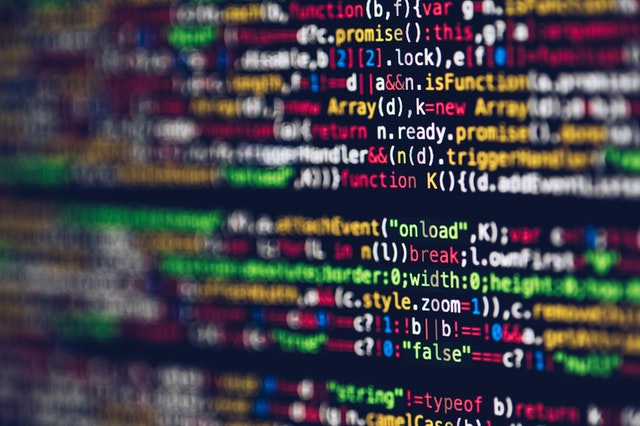
Landmark Graphics Corporation (Re), 2021 CACP 42
On October 28, 2021, the Patent Appeal Board (the “PAB”) allowed yet another computer-implemented invention owned by Landmark Graphics Corporation (“Landmark Graphics”) after its initial rejection by a patent examiner. Further confirming a consistent approach to patentable subject-matter in Canada, the PAB considered all of the elements on file to be essential and determined that the operation of a hydrocarbon production system was more than a mere scheme or abstract idea and met the requirement of physicality for a patentable invention.
Background
As previously reported, following the Federal Court’s ruling in Yves Choueifaty v Attorney General of Canada (the “Choueifaty decision”) and the Canadian Intellectual Patent Office’s promulgation of a responsive Practice Notice, subsequent PAB decisions have provided an instructive look at what types of claims to computer-implemented inventions will be considered patent eligible. For more detailed discussions of the Choueifaty decision, see our previous reporting here and here.
In fact, in June 2021, the PAB found another application owned by Landmark Graphics, and which claimed computer-implemented methods of calculating simulated models of petroleum wells, to be directed to patent eligible subject-matter. In coming to this conclusion, the PAB reasoned that a claim for a computer simulation will be patentable if the simulation causes specific, physical results. Our reporting on this decision can be read here.
The present proceeding involves Patent Application No. 2,874,978 (the “‘978 Application”), titled “Methods and Systems for Non-Physical Attribute Management in Reservoir Simulation”. The ‘978 Application discloses methods for performing simulations of hydrocarbon production systems using data collected from the systems. In 2018, the Examiner rejected the claims of the ‘978 Application for being directed to non-patentable subject-matter, and Landmark Graphics requested that the PAB proceed with a review of the application. Following the developments discussed above, the Examiner re-evaluated the ‘978 Application for compliance with the Patent Act and provided a Supplemental Summary of Reasons to the PAB in March 2021, indicating that the Examiner now considered the claims on file to be patentable.
Analysis
In its review, the PAB began by identifying the essential elements of the claims filed based on the presumption that all of the elements set out in the claims are essential unless established otherwise or found to be contrary to the claim language [25-27]. Because none such language was found, the PAB found all of the elements of the claims on file to be essential, including the computer implementation and computer-related components [29].
Referencing Canada (Attorney General) v Amazon.com Inc, the PAB concluded that it was clear from the claim language and specification in the ‘978 Application that the simulation calculations and the control parameters that they produce cooperate with the hydrocarbon production system to effect changes in its operation. In doing so, they “form a single actual invention that produced discernable physical effects and manifests a discernable effect or change” [36].
As such, all of the claims were found to be directed to patentable subject-matter, and it was recommended that the Commissioner of Patents withdraw the rejection and allow the ‘978 Application.
Commentary
After the issuance of the Practice Notice on patentable subject-matter, there was concern with how strictly the PAB would apply the notion that there be physical results that would warrant a finding of the claims manifesting a discernable effect or change. Examining subsequent PAB decisions has been important in ensuring that issues already resolved in the Choueifaty decision were not now affecting other parts of the analysis.
This decision serves to relieve some of these concerns as it demonstrates the PAB’s willingness to look to the claims and specification as whole and to acknowledge computer-generated results as physical, instead of dismissing them.
For more information on obtaining patent protection for software, please contact a professional at PCK Intellectual Property.
PCK IP is one of North America’s leading full-service intellectual property firms with offices in Canada and the United States. The firm represents large multinational companies, scaling mid-size companies, and funded innovative start-up entities. PCK IP professionals include seasoned patent and trademark agents, engineers, scientists, biochemists and IP lawyers having experience across a broad range of industries and technologies. Contact us today.
The contents of this article are provided for general information purposes only and do not constitute legal or other professional advice of any kind.